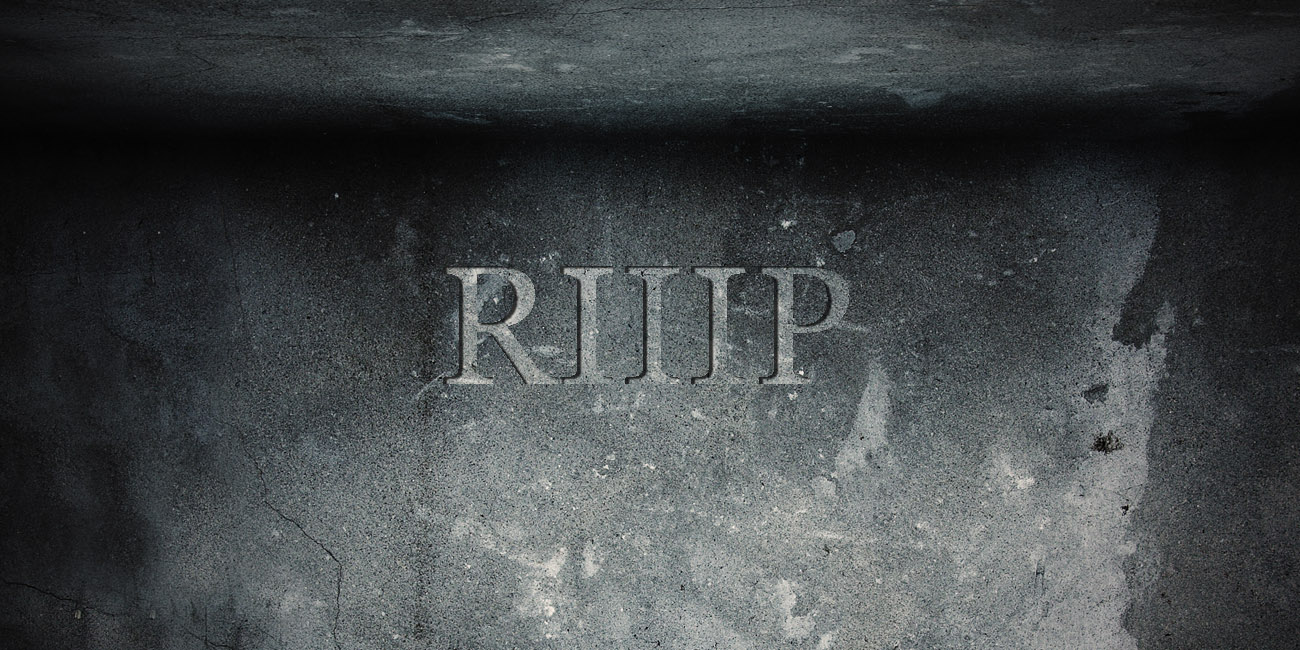
2nd Apr 2015
Amazing scenes from Leicester this week (it’s not often you hear that sentence). The funeral of Richard III saw a flood of emotion for a long-dead and long-reviled king. White roses rained down upon his coffin as it wound through the streets of the Midlands. There hasn’t been such an outpouring of national grief since the death of Diana, or England losing the Ashes.
In a storyline worthy of CSI Bosworth, Richard’s remains were found buried in a municipal car park under a space marked with a letter R. There was a 2-year delay to identify the body, settle the outstanding parking fees and outrun the ambulance chasers (“Have you been injured in an accident that wasn’t your fault?”). Followed by a custody battle between Leicester and York. Leicester has claimed Richard as its own, making him its second most famous son after Gary Lineker.
Yet for centuries, Richard III (known to schoolboys as Richard the Turd or Dick the S**t) was such a toxic brand that even Max Clifford wouldn’t touch him.
The blackening of Richard’s image began long before the tarmac was laid. History is written by the victors, and Henry VII’s propaganda machine swung into action before Richard’s bones were cold, painting him as a tyrant and the murderer of the Princes in the Tower. But the real character assassination was done by Shakespeare, chief PR man for the Tudors, who described him as a “poisonous bunch-back’d toad”. Attitudes to disability were not as enlightened as they are today.
For years, Richard’s only supporters were his fellow tykes - but then all Yorkshiremen believe they have a divine right to rule, and describe Yorkshire as “God’s own county”. Plus the Richard III Society, who insisted that he was unfairly maligned and there was no direct evidence linking him to the deaths of the Princes. They reminded us that he was the product of some pretty ruthless and murdery times: there were so many people wandering round England with swords drawn, it’s no wonder the odd child got impaled.
But after 530 years on the naughty step, Richard III is now fully rehabilitated. From being a pantomime villain, he has had a total image refresh. Richard is now portrayed as a just king, a legal reformer, a spokesman for the poor, a champion of disabled rights (he had severe scoliosis), a hands-on CEO (he was the last English king to die leading his troops into battle), and an animal lover (“My kingdom for a horse”).
How did this change in attitudes come about?
Lots of reasons. Partly because people today are less deferential to authority, less trusting of the mass media, and smell conspiracy in every ‘official’ account. Also because the English love an underdog, especially one who is a victim of injustice or unfair treatment. And people today are more inclined to wear their hearts on their sleeves.
It shows that public opinion is labile and can be swayed by an image makeover, even if it requires 500 years to take effect. But despite the efforts of spin doctors, opinion is not easily bought. People often believe the opposite of what they’re told, especially if it comes from a source they distrust. Once they make up their minds, however, no amount of evidence will shake their self-sustaining prejudice.
We live in an age of moral relativism where there are no villains, only vulnerable individuals who’ve been let down by the system. This makes it easy to rehabilitate historical hate figures. Was Ivan really so Terrible, or did he just have anger management issues? Genghis Khan may have had trouble respecting boundaries, but was he a mass murderer, or simply misunderstood? And what about King Herod? OK, there was the infanticide thing, but wasn’t he just protecting his children’s inheritance, proving that he loved kids and was a great family man?
Our agency is often asked by clients to improve their image, reverse a corporate cock-up or bury bad news. It used to be called professional relations, these days it’s ‘reputation management’. We are now prepared for a flood of briefs from concerned families, eager to rebuild the profile of their dodgy ancestors. And we guarantee results in less than 500 years.
If Richard III can overcome such a bad rep, there’s hope for everyone.